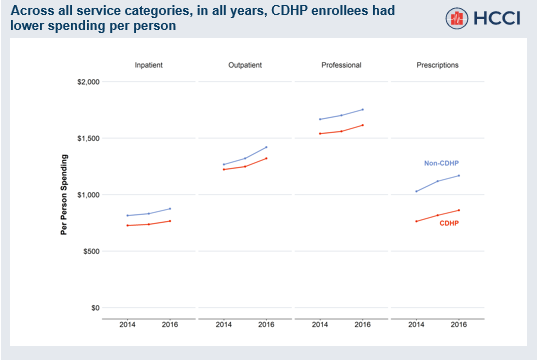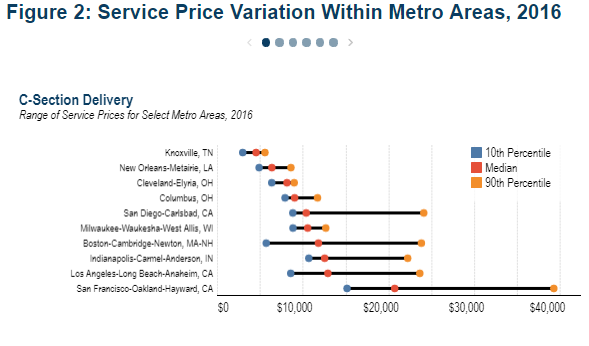Briefs
-
Antidepressant Use Increased for Individuals with a Mood Disorder with Employer-Sponsored Insurance
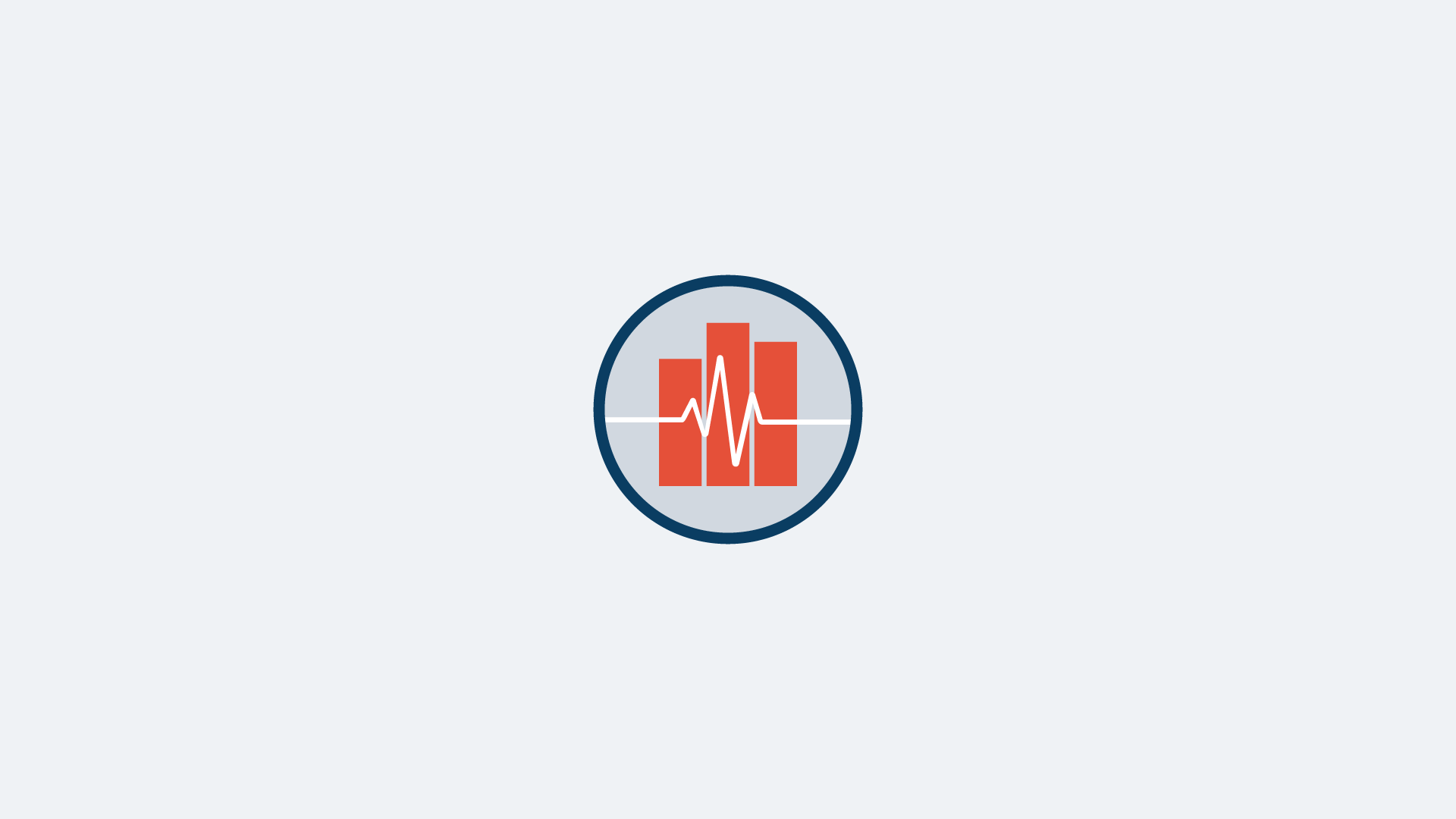 Read more: Antidepressant Use Increased for Individuals with a Mood Disorder with Employer-Sponsored Insurance
Read more: Antidepressant Use Increased for Individuals with a Mood Disorder with Employer-Sponsored InsuranceDepression is a common mood disorder that affects how people feel, think, and conduct daily activities. Approximately 17 million adults (1 in 14) had at least one major depressive episode in 2017. Surveys have found that antidepressant prescribing has increased over the past two decades. For example, a 2017 National Center for Health Statistics survey found that,…
-
Insulin Use Explains Variation in Level, but not Growth, of Out-of-Pocket Spending on Insulin Products
 Read more: Insulin Use Explains Variation in Level, but not Growth, of Out-of-Pocket Spending on Insulin Products
Read more: Insulin Use Explains Variation in Level, but not Growth, of Out-of-Pocket Spending on Insulin ProductsWe previously published two blogs discussing trends in out-of-pocket spending on insulin products. First, we presented data illustrating how average monthly out-of-pocket spending in 2017 varied considerably by month, particularly for individuals enrolled in consumer-directed health plans (CDHPs) that carry higher deductibles. Second, we examined the relationship between increasing point-of-sale prices between 2012 and 2017…
-
Rising Point-of-Sale Prices for Insulin Correspond with Higher Out-of-Pocket Spending on Insulin in January
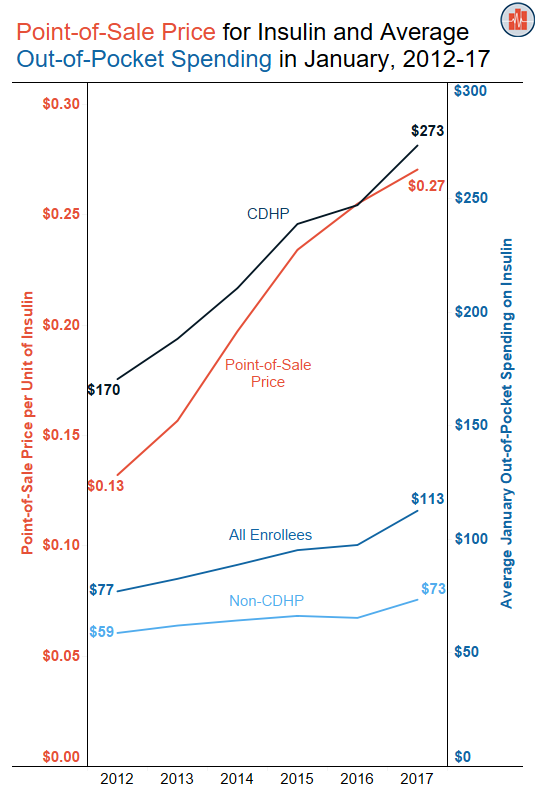 Read more: Rising Point-of-Sale Prices for Insulin Correspond with Higher Out-of-Pocket Spending on Insulin in January
Read more: Rising Point-of-Sale Prices for Insulin Correspond with Higher Out-of-Pocket Spending on Insulin in JanuaryEarlier this week we presented data on out-of-pocket spending on insulin during each month in 2017. In that blog, we showed that enrollees in employer-sponsored health insurance paid more out-of-pocket for insulin products at the beginning of the calendar year. We examined the relationship between increasing point-of-sale prices for insulin and higher out-of-pocket spending in…
-
Out-of-Pocket Spending on Insulin is Highest at the Beginning of the Year
Tags: Commercially Insured, Consumer-Directed Health Plans, Diabetes, Drug Spending, Geographic Variation, Insulin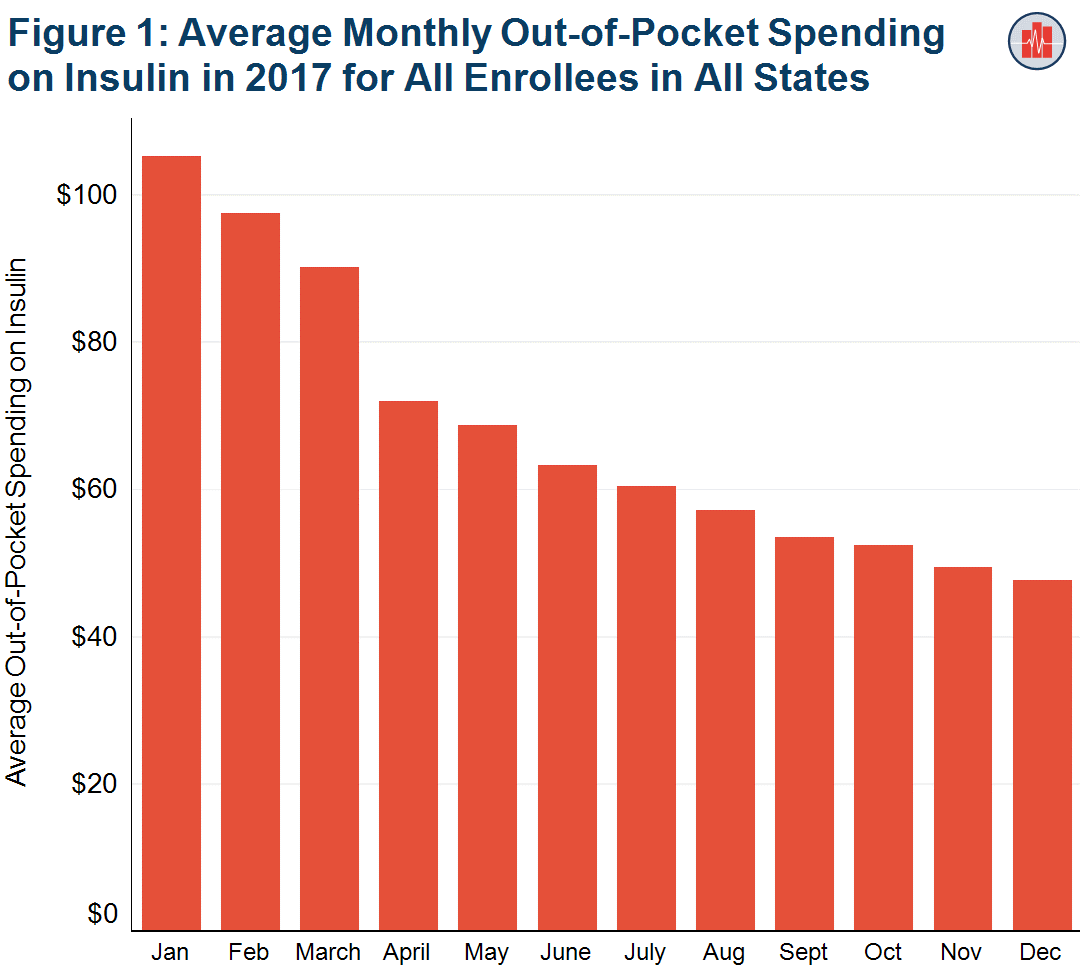 Read more: Out-of-Pocket Spending on Insulin is Highest at the Beginning of the Year
Read more: Out-of-Pocket Spending on Insulin is Highest at the Beginning of the YearPeople who get health insurance through their jobs pay more than twice as much for insulin at the beginning of the year than they do at the end of the year, on average. New analysis of HCCI data shows that, nationally, in January 2017, average out-of-pocket spending on insulin was $105. This spending declined every…
-
State Variation in Opioid Prescribing over 10 Years
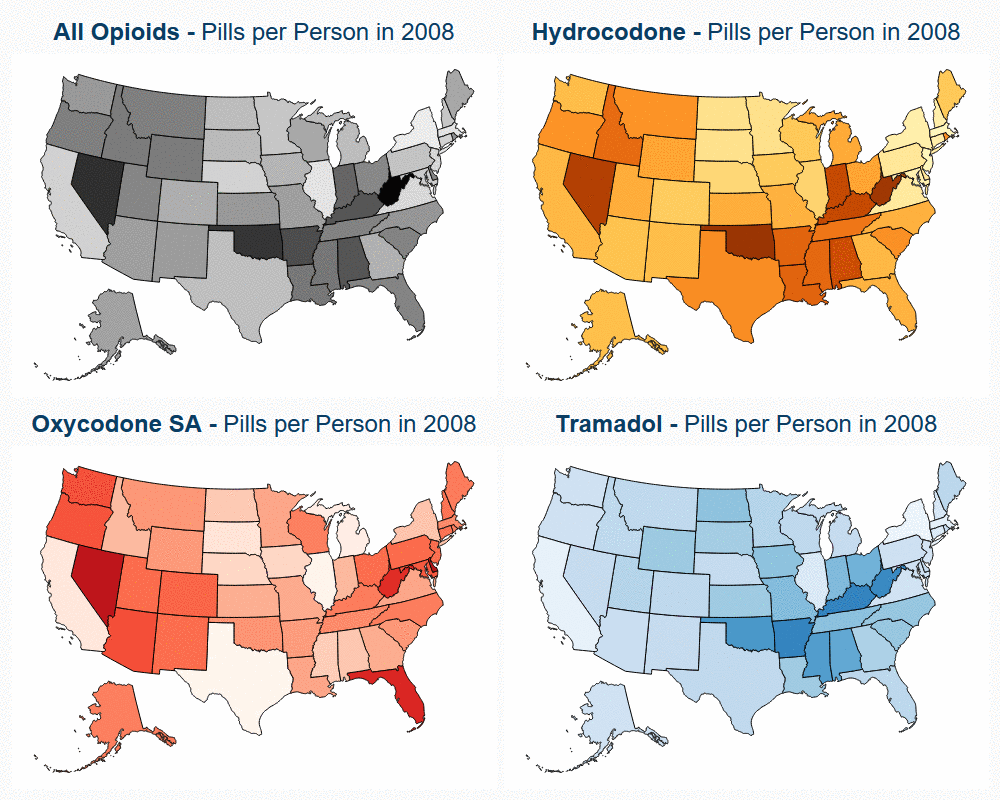 Read more: State Variation in Opioid Prescribing over 10 Years
Read more: State Variation in Opioid Prescribing over 10 YearsChanges in opioid utilization correlated with state-level policy changes aimed at decreasing opioid prescription rates. Previous research by HCCI illustrated that national opioid utilization in pills per person fell 27% between the years of 2008 and 2017, driven by declines in the use of hydrocodone (Vicodin). In addition to giving insight into prescription opioid utilization…
-
Comparing Commercial and Medicare Rates for Select Anesthesia, Emergency Room, and Radiology Services by State
Tags: Commercially Insured, Emergency Room, Medicare, Physician Spending, Prices, Spending, Surprise Billing Read more: Comparing Commercial and Medicare Rates for Select Anesthesia, Emergency Room, and Radiology Services by State
Read more: Comparing Commercial and Medicare Rates for Select Anesthesia, Emergency Room, and Radiology Services by StateCommittees in both the House and Senate have advanced legislation that includes measures to address “surprise bills.” A surprise bill results when a person unknowingly receives medical care from a provider that is not part of their insurer’s network. Both pieces of legislation set a benchmark for out-of-network payments. Those benchmarks are determined based on…
-
Opioid Prescriptions Declined 32% for the Commercially Insured over 10 Years (2008 to 2017)
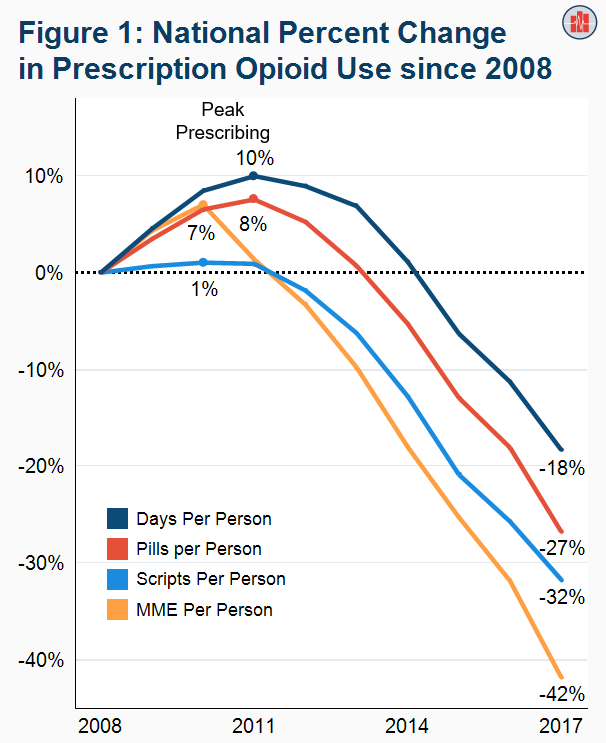 Read more: Opioid Prescriptions Declined 32% for the Commercially Insured over 10 Years (2008 to 2017)
Read more: Opioid Prescriptions Declined 32% for the Commercially Insured over 10 Years (2008 to 2017)Among people who get health insurance from their employers (56% of the population in 2017), prescription opioid use peaked in 2010/2011 and declined every year from 2012 to 2017. In a new study using the Health Care Cost Institute’s commercial claims data from 2008 to 2017, we observed a decline regardless of how utilization was…
-
Examining the adoption of a new Medicare billing code for cognitive assessments: a slow but steady uptake
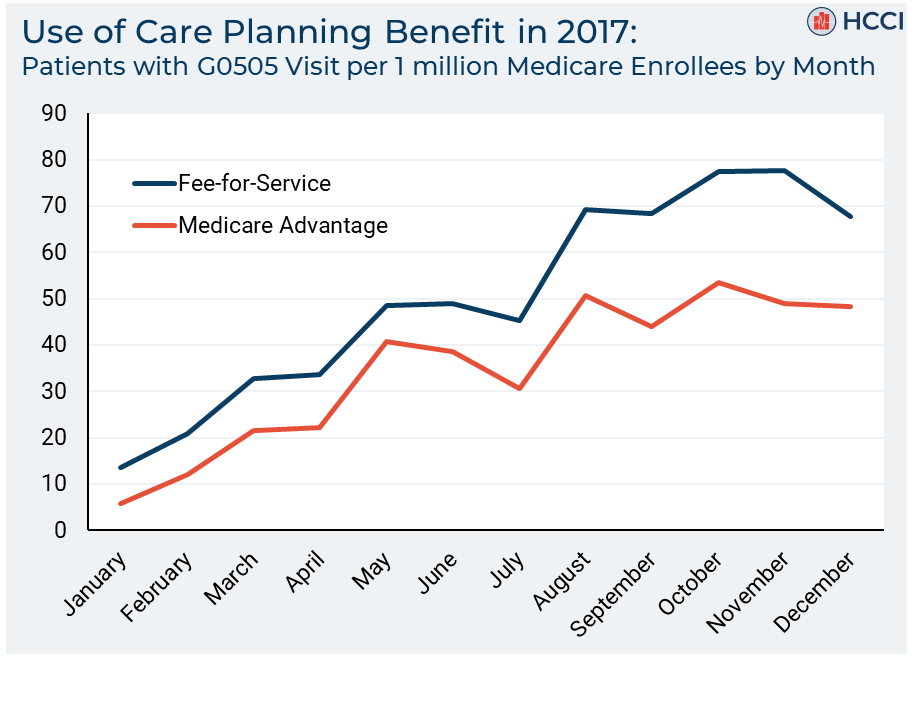 Read more: Examining the adoption of a new Medicare billing code for cognitive assessments: a slow but steady uptake
Read more: Examining the adoption of a new Medicare billing code for cognitive assessments: a slow but steady uptakeOn January 1, 2017, the Medicare program started reimbursing providers for a new procedure code for clinical visits for cognitive assessments and care planning services (CPT code G0505). This newly-billable service is intended to improve the care of patients with Alzheimer’s disease and related dementias and hopefully increase early detection and diagnosis. A G0505 visit…
-
Lower Health Care Spending and Use for People with Chronic Conditions in Consumer-Directed Health Plans
Read more: Lower Health Care Spending and Use for People with Chronic Conditions in Consumer-Directed Health PlansTo better understand differences in spending and use across types of health plans, we examine individuals enrolled in consumer-directed health plans (CDHPs) and individuals enrolled in non-CDHP health plans. CDHPs are a type of HDHP that typically include a health savings account (HSA) or a health reimbursement arrangement (HRA). We analyzed a sample of over…
-
Past the Price Index: Exploring Actual Prices Paid for Specific Services by Metro Area
Read more: Past the Price Index: Exploring Actual Prices Paid for Specific Services by Metro AreaAs policymakers, employers, and patients increasingly struggle with rising health care costs, there is a lack of clarity around the actual price of health care services and why those prices are so different. Recent efforts have focused on greater price transparency as a way to impact growing prices. A range of proposals from both Congress…

